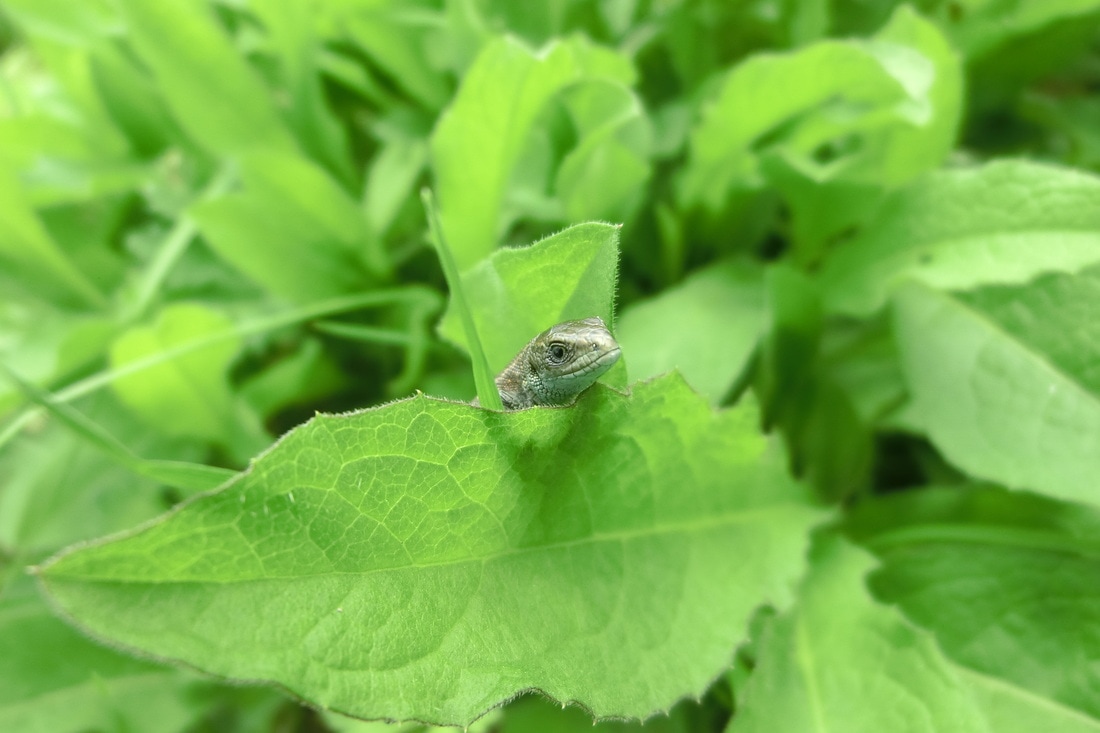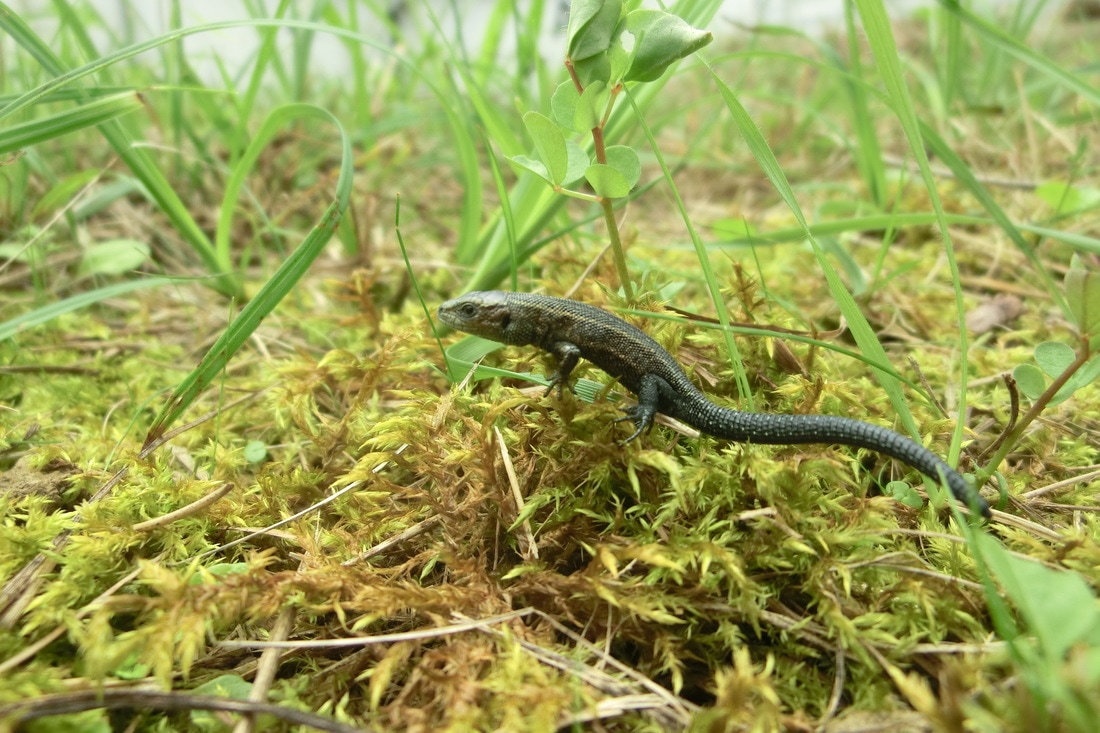Snakes are scary, particularly if you are a lizard, so don’t tell your mum that you are seeing one!
If lizard mums are anything like mine, when they are cold they will order their son to put on a jumper. Well, turns out, lizards’ mums ARE like mine. Being the mean researcher that I am, I decided to scare a bit lizard mums during gestation, by putting them in presence of snake olfactive cues (yeah, in addition to being scary, snakes also stink). I maintained them like that for one month, and then after the females laid eggs, I investigated offspring phenotype.
If lizard mums are anything like mine, when they are cold they will order their son to put on a jumper. Well, turns out, lizards’ mums ARE like mine. Being the mean researcher that I am, I decided to scare a bit lizard mums during gestation, by putting them in presence of snake olfactive cues (yeah, in addition to being scary, snakes also stink). I maintained them like that for one month, and then after the females laid eggs, I investigated offspring phenotype.
Turns out that in addition to being crazily cute (which, as my PhD supervisor informed me kindly, is not a valid phenotypic trait), offspring born to females exposed to predator cues happen to have different phenotypic traits than their classmates from non-scared mothers.
Juveniles from mothers exposed to predator cues preferred lower temperatures (so apparently the jumper analogy does not stand if your mother is scared), and had a higher activity in presence of predator cues. This counterintuitive result (if you are a lizard and there is a predator, “do not move” does seem like a plan) was explained by a second behaviour of these little guys: when released inside of the Metatron, a system of semi-natural enclosures interconnected by corridors, they dispersed as far as they could to flee from the supposed predation risk!
But the most fascinating thing in my opinion was their tails. Juvenile lizards born to mothers exposed to predation risk had far longer tails relative to their body, and this difference persisted over the summer when they grew up. This antipredator adaptation might allow lizards to escape attacks, as with a longer tail, the chance that the predator will catch your tail first is increased!
You can read more about these results in
Bestion E, Teyssier A, Aubret F, Clobert J, Cote J. 2014. Maternal Exposure to Predator Scents: Offspring Phenotypic Adjustment and Dispersal. Proceedings of the Royal Society B: Biological Sciences 281(1792): 20140701. doi:10.1098/rspb.2014.0701.
Bestion E, Teyssier A, Aubret F, Clobert J, Cote J. 2014. Maternal Exposure to Predator Scents: Offspring Phenotypic Adjustment and Dispersal. Proceedings of the Royal Society B: Biological Sciences 281(1792): 20140701. doi:10.1098/rspb.2014.0701.



 RSS Feed
RSS Feed
